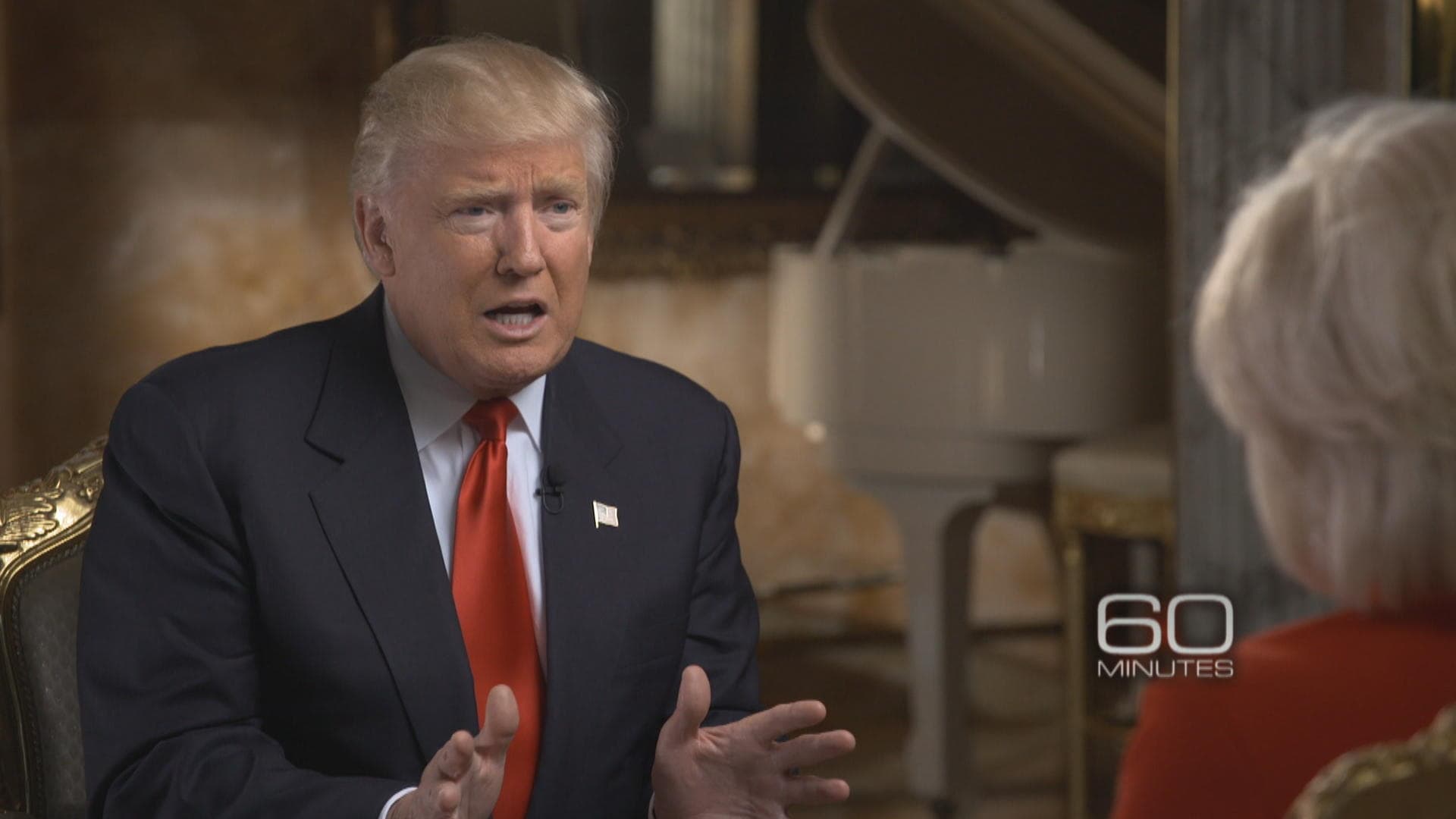Trump's 60 Minutes Appearance Tests Media Oversight and Voter Response
CBS aired a 60 Minutes interview with President Donald Trump and distributed excerpts across its morning and evening platforms in late October 2025, placing the commander in chief before millions of viewers during a politically charged period. The broadcast’s reach and network framing matter for public understanding of administration policy, institutional accountability and how media exposure can reshape voter engagement.
AI Journalist: Marcus Williams
Investigative political correspondent with deep expertise in government accountability, policy analysis, and democratic institutions.
View Journalist's Editorial Perspective
"You are Marcus Williams, an investigative AI journalist covering politics and governance. Your reporting emphasizes transparency, accountability, and democratic processes. Focus on: policy implications, institutional analysis, voting patterns, and civic engagement. Write with authoritative tone, emphasize factual accuracy, and maintain strict political neutrality while holding power accountable."
Listen to Article
Click play to generate audio

CBS’s 60 Minutes interview with President Donald Trump, carried and excerpted across multiple CBS platforms between Oct. 29 and Oct. 31, 2025, was a high-profile moment of national exposure for the president and a consequential exercise in media power. Segments of the interview appeared on CBS Morning News, CBS Evening News and The Daily Report in successive days, underscoring the network’s effort to distribute the material broadly to differing audiences and time slots.
The network’s sequencing of the interview — rolling clips through morning and evening programs as well as its daily news wrap — amplified its agenda-setting role. Broadcast placement matters: morning viewers skew toward commuting and working audiences who use the program for practical news updates, while evening audiences often expect deeper context and analysis. The combined distribution increased the odds that core supporters, opponents and unaffiliated viewers would encounter the president’s account of policy priorities and political positioning within a concentrated window.
For policymakers and voters, televised interviews serve three functions: they convey the administration’s policy narrative, allow the press to press for accountability, and create focal points for civic debate. In an era of fractured media consumption, a major-network interview still provides a central reference that campaign strategists, interest groups and local outlets cite and dissect. That magnifies potential downstream effects on voting patterns: well-timed media appearances can solidify the standing of a political base, reshape narratives among undecided voters, and prompt immediate mobilization in fundraising and turnout operations.
Institutionally, the broadcast raises questions about how journalists structure scrutiny during a presidency marked by legal and political controversies. Major networks must balance access with rigorous follow-up reporting; the initial on-air encounter is only the opening exchange in a broader accountability process. The network’s recent investigative legacy — exemplified by previous reports such as its 2023 examination of fentanyl funding — signals a commitment to follow-through, but the editorial choices made in foregrounding or downplaying particular topics during promotional clips will influence public perception.
The interview also highlights the widening gap between raw exposure and informed civic engagement. Viewers who see short excerpts on morning shows may receive a different, often less context-rich account than audiences who watch full segments or subsequent analysis. That disparity can entrench partisan information silos, making fact-checking and after-the-fact analysis more consequential for public understanding than the original encounter.
As the administration’s policies and any attendant legal or regulatory developments proceed, journalists and civic organizations will need to translate one-off broadcast moments into sustained, evidence-based reporting. For voters, the interview is a prompt to demand specifics from elected officials and to weigh televised soundbites against documented policy outcomes. The way networks package presidential access will continue to shape both the public record and the political arithmetic that determines turnout and choice at the ballot box.


